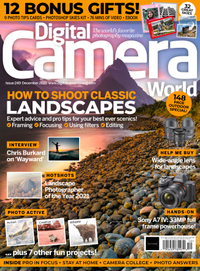Tom Stoddart 1953-2021: award-winning photojournalist in his own words
One of the best news photographers of our time, Tom Stoddart has died aged 68
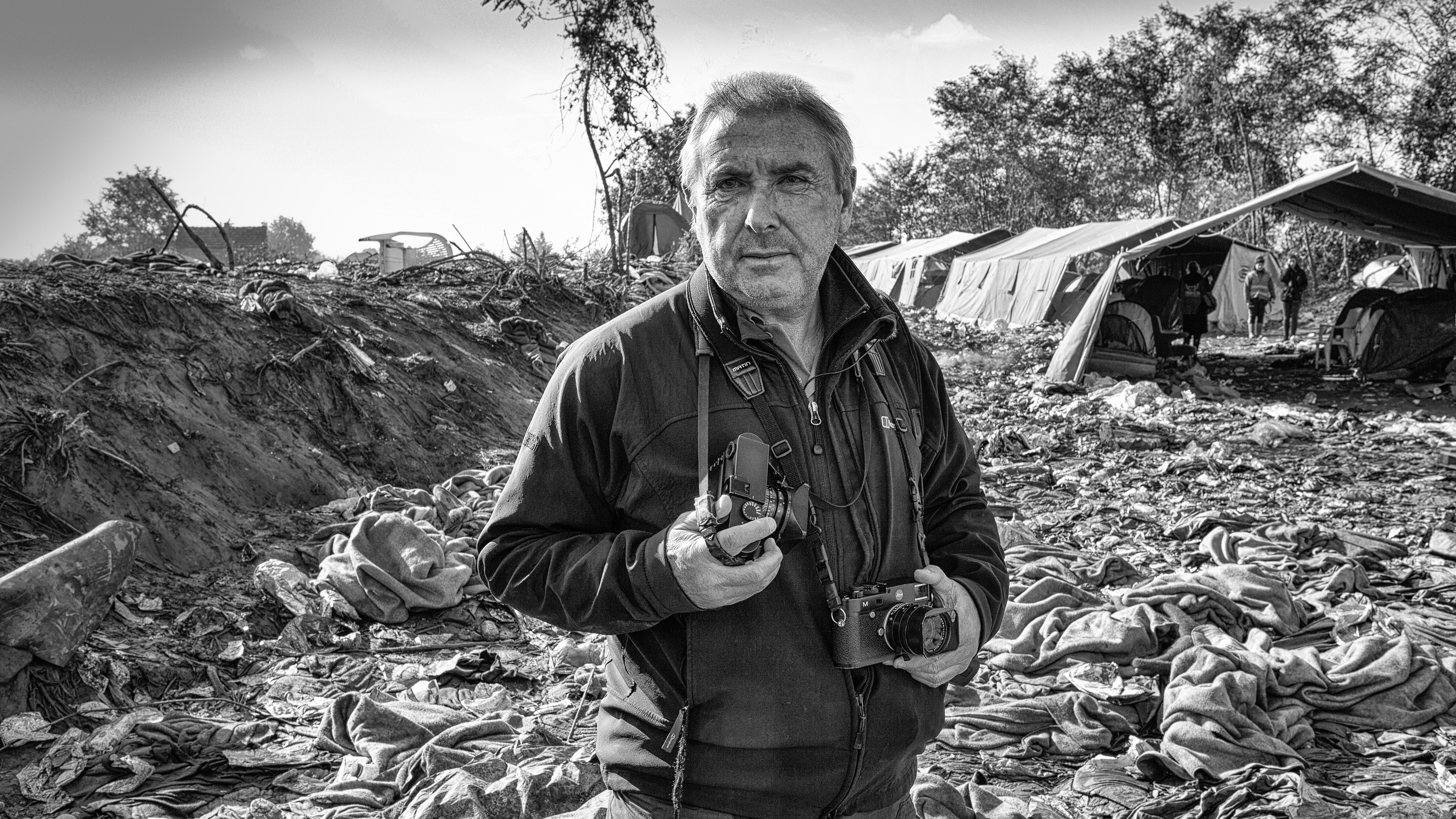
One of the best photojournalists of his time, Tom Stoddart has just died aged 68. To remember his 50 years we are running an interview with Tom from earlier this year, that was originally published in Digital Camera magazine.
With a career spanning 50 years, the award-winning photojournalist Tom Stoddart is currently taking a comparative career break at his home in the north-east of England, mainly due to England’s rigid Covid lockdown regulations.
However, with his latest book, his work is still very much in the public eye. Extraordinary Women: Images of Courage, Endurance and Defiance features over 200 images of the women he has encountered and photographed since the mid-1980s.
Stoddart has often come across women in conflict situations, in the midst of famines or natural disasters.
“All through my career, there are so many times that you notice whenever there’s a problem – whether it’s a famine, HIV/Aids or an earthquake – it’s always the women who turn and face the situation,” he says.
“They feed their families first, and feed themselves last. Over the years, it’s been something I’ve had a lot of respect for.
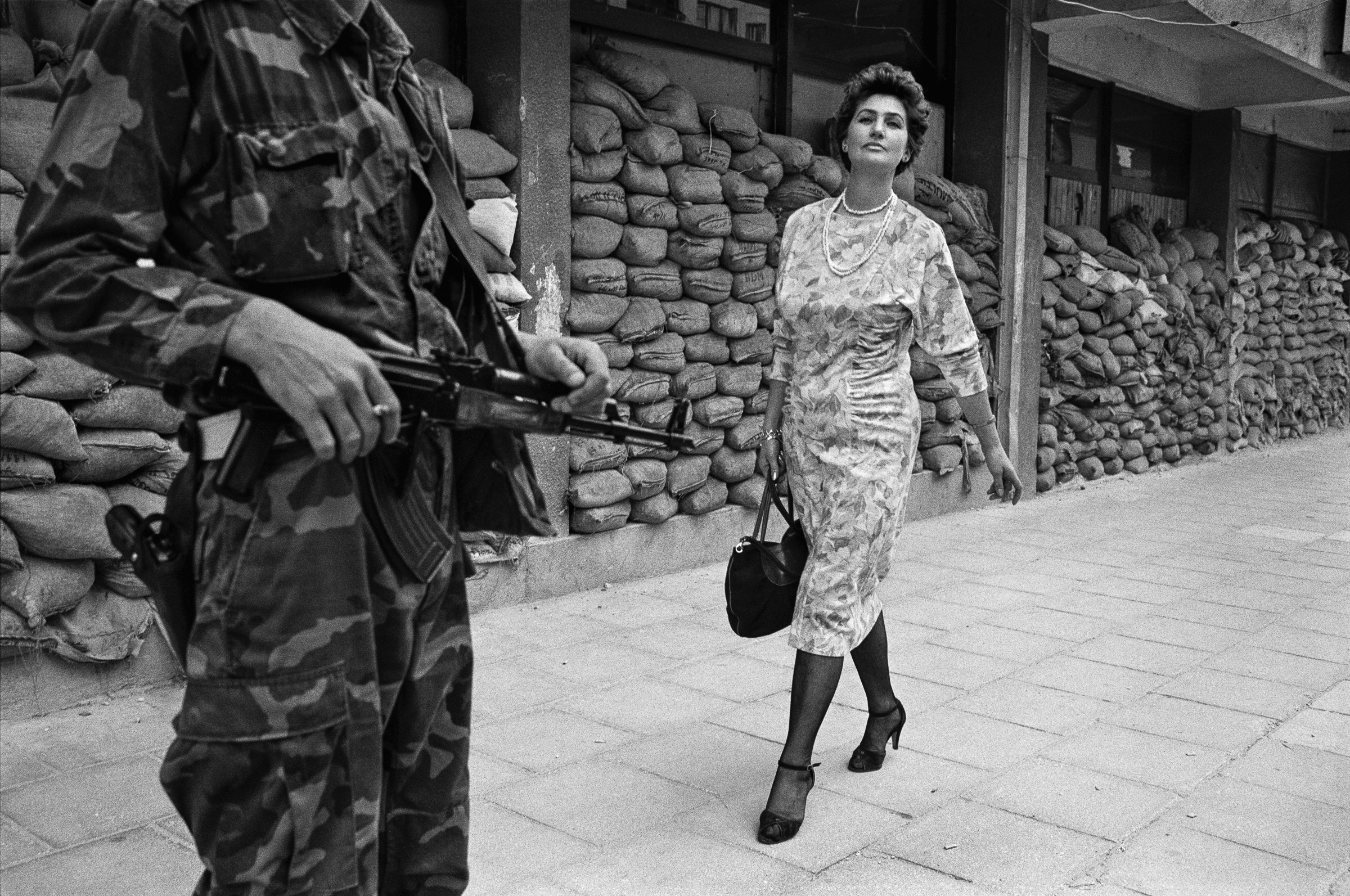
“When I started to think about this, I looked at a quote by Eleanor Roosevelt, ‘A woman is like a teabag – you never know how strong it is until it’s in hot water.’ That just about sums up about the role of women in adversity.”
Get the Digital Camera World Newsletter
The best camera deals, reviews, product advice, and unmissable photography news, direct to your inbox!
It’s fitting that the word ‘extraordinary’ is in the book’s title: it is an extraordinary body of photographic work, all shot in black and white.
Significantly, it features Stoddart’s iconic image of Meliha Varešanovic on the cover – a defiant, proud woman in the midst of the siege of Sarajevo – and also includes a foreword by actress and film-maker Angelina Jolie.
Jolie first discovered Stoddart‘s work in 2011, when her production team gave her a print of the photograph of Meliha, after they had wrapped the film In the Land of Blood and Honey, to remind Jolie of the city in which she had directed her first feature film. Since then, Stoddart has worked on several humanitarian projects with Jolie.
He admits, “I don’t do many books. I’m not someone who churns a book out all the time. Getting photojournalism in front of an audience is really difficult these days, so I was grateful when the publisher said it would like to do a book. It came from a general idea of these unsung heroines I’ve photographed over the years.”
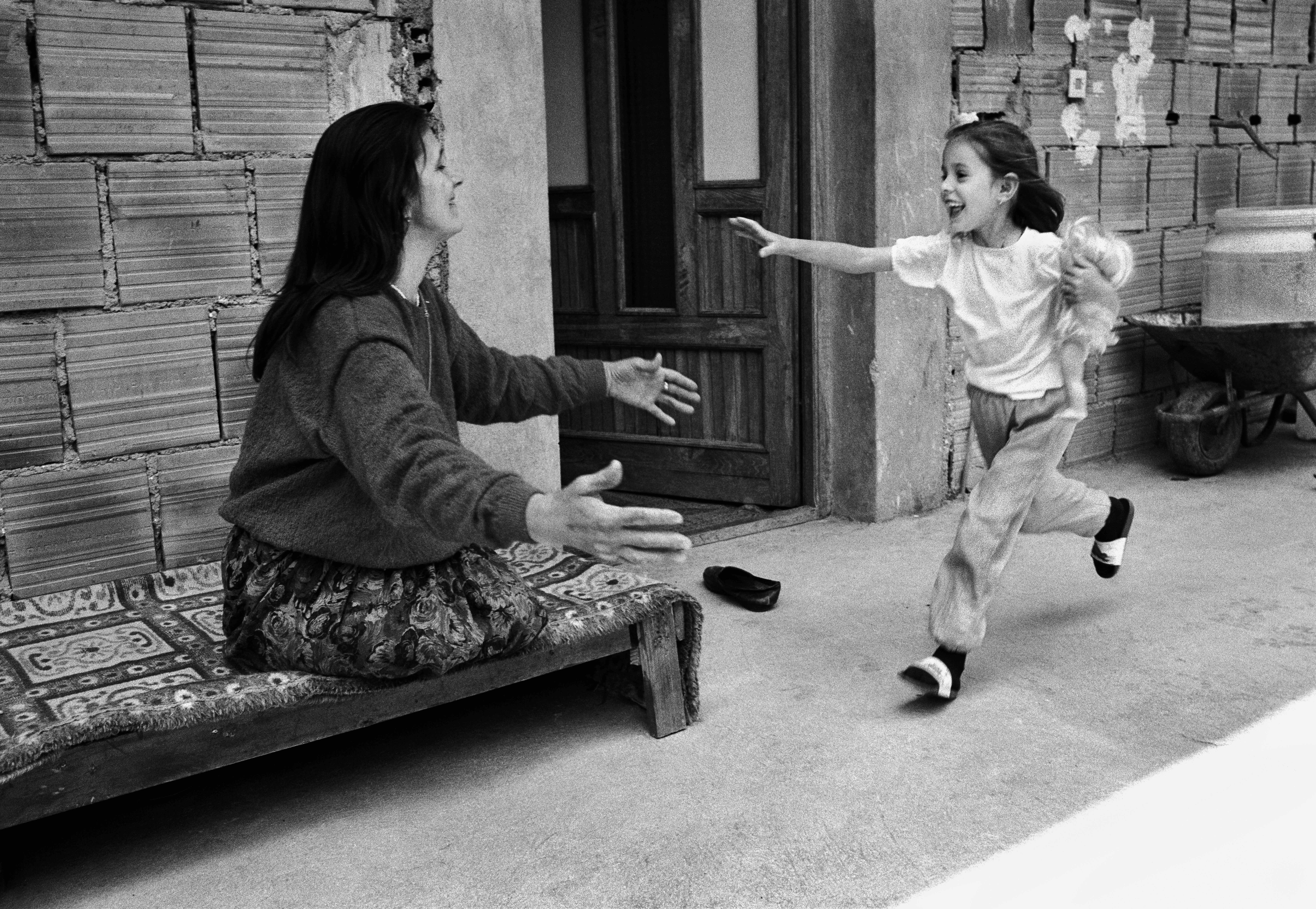

The book doesn’t flow chronologically, but is split into themed sections: Front Line, Crisis, Health, Movement, Courage, Work and Moments.
It is an unrelenting, yet often uplifting, look at women in difficult times, captured with an adroitness rarely seen in photojournalism.
Stoddart explains, “When you’ve got an archive as big as I have – this is my 50th year as a photographer – it’s only when you start to dig into it that you see themes, and things that make more sense at the end of your career than they do as you’re going along.”
Unsurprisingly, given that Stoddart’s career has seen him documenting many of the worst aspects of life on Earth, much of the subject matter in Extraordinary Women is heavy going – but he is to keen to point out that he is not just there to document grief and suffering.
“Some of it is heavy because of the kind of stories that I was covering during those periods. I’ve always tried not to just go down the dark route. There are very famous photojournalists that always take you deeper and deeper, darker and darker, and will almost ignore the great humanity and courage in things that they see. I’ve always tried to capture things that are positive, as well as the negatives.
“Wherever you are – whether you’re in a conflict, a famine or a political upheaval – you do, as well as the chaos, see amazing acts of courage, humanity and kindness… so I was trying to capture them as I went along.
“As well as the darkness, there are pictures in the book that people can reflect on and think, ‘What would I be like if I was plunged into this situation? Could I keep going and keep my dignity?’”
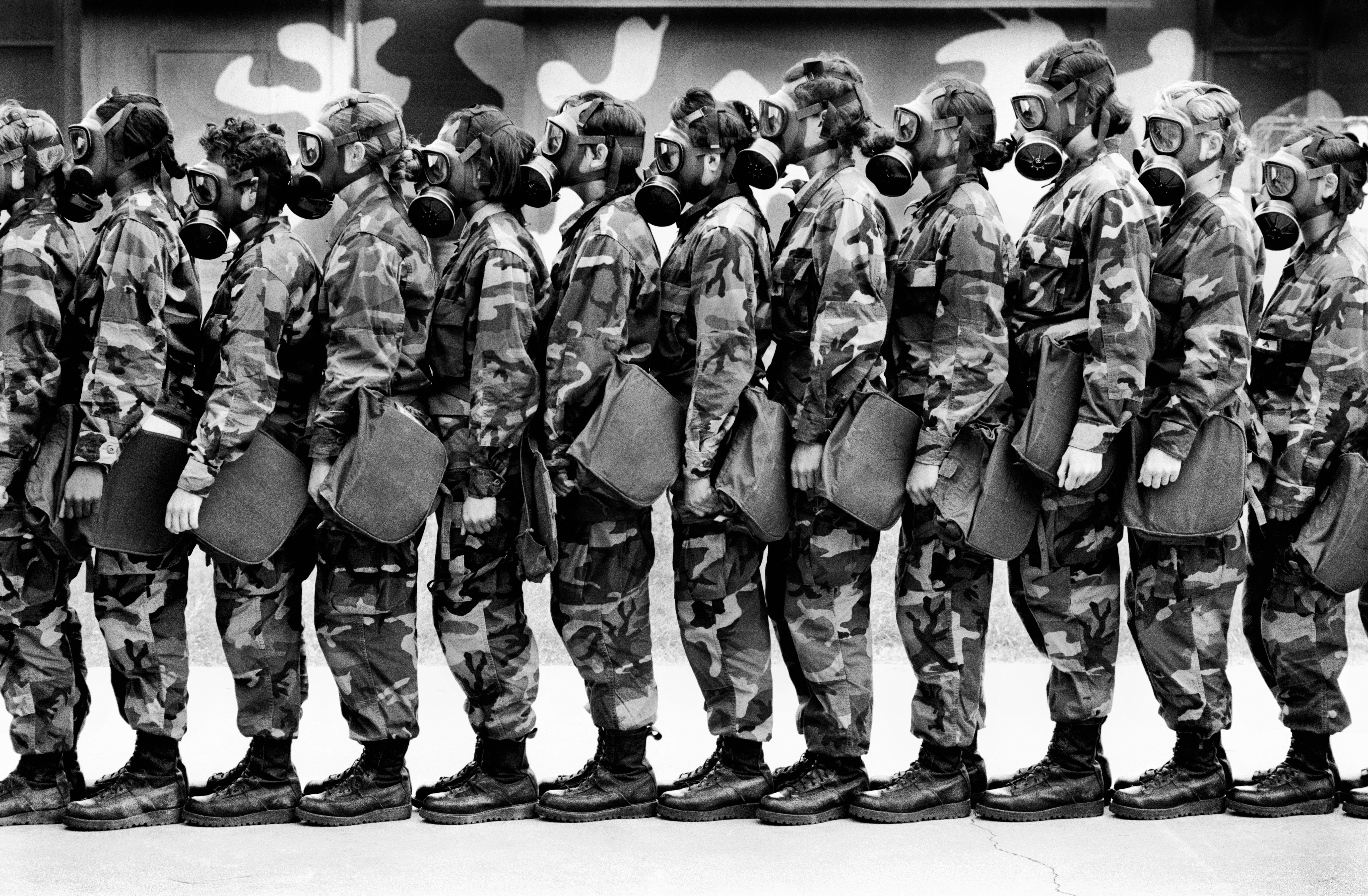
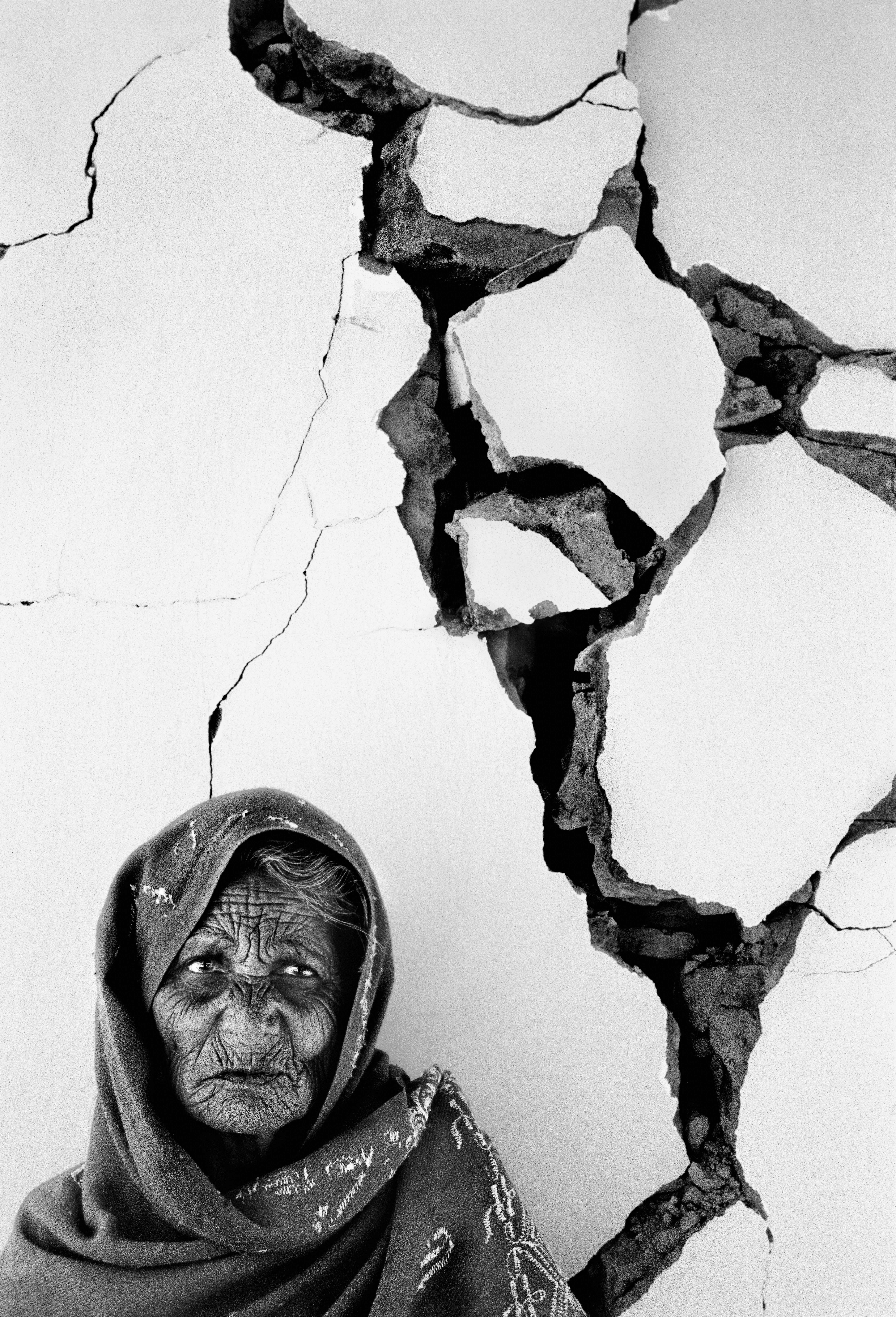
“Hopefully people who go through it will realise that I wanted it to be almost an homage to women that I’ve photographed. It’s not meant to be definitive in any way, shape or form. I mean, at the end of the day, it’s one photographer’s career, and I’ve been lucky enough to put a couple of hundred pictures all together.
“All my career, I’ve always tried to work honestly and to think that the pictures I’ve shot or made are worthwhile. They’re there to educate and inform, rather than titillate.”
Stoddart chuckles a little when I ask him what have been the most surprising aspects of his career. He replies, “Probably the length of it. A lot of things have changed. I remember going into the darkroom at The Berwick Advertiser and learning how to tap glass plates in the dark with your teeth, to discover whether it was gloss side or matte side, and how to make fix out of crystals. Starting there to where we are now with the most amazing digital world we’re living in is just unbelievable.
“There’s also the democratisation of photography, where photography is the language of the world now. You and I probably can’t speak Mandarin, but through Instagram, Flickr and all of that, the whole world is speaking through
their photographs – no-one would have seen that coming 30 years ago.”
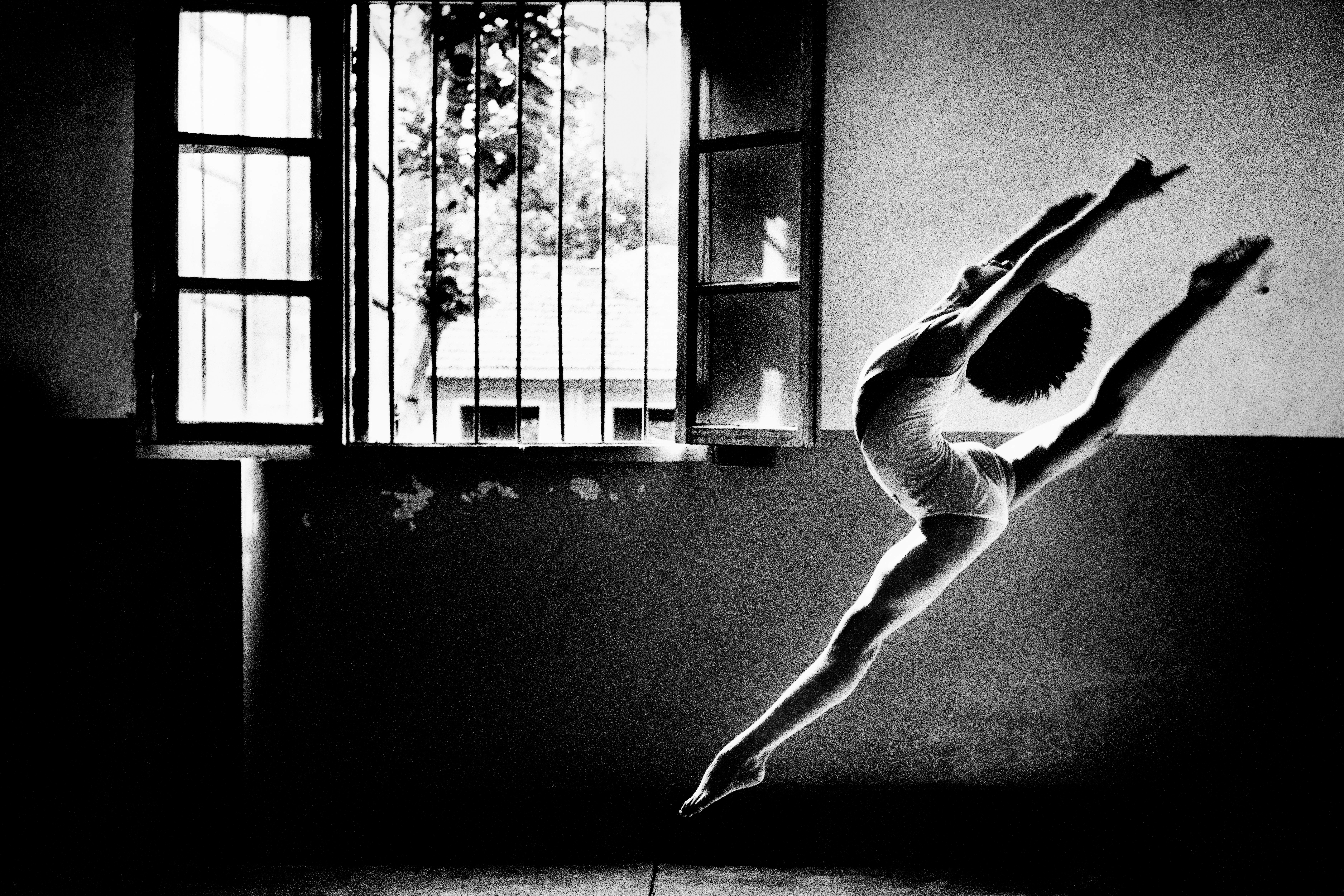
The vast majority, about 80% or more, of the pictures in Extraordinary Women are analogue, but Stoddart currently shoots with a Leica Monochrom digital camera for his black-and-white work, and Canon EOS 5D Mark IV DSLRs for his commercial work and longer-lens shoots. Despite embracing the digital world Stoddart remains very much a black and white photographer, unless he’s required to shoot colour for commercial projects.
“The truth is I’m a rubbish color photographer,” he says. “There’s that great Ted Grant quote: ‘When you photograph people in color you photograph their clothes, but when you photograph people in black and white you photograph their souls.’ I’ve always preferred black-and-white – it comes more naturally to me. I see in black and white, my work suits black and white, and the way I communicate suits black and white.
“The style that I’ve had over the years is working very close to people. I found that photography became very complicated in the old Fleet Street days when you were shooting with zooms, having a flash on [your camera] and all of that. When I stripped all that away, I started to work much closer to the subject, trying to look into their eyes and see what’s going on in their head, and tell the story… then
the work became much more powerful.”
Stoddart returns to discussing his Extraordinary Women book and reveals: “I’m very pleased with it. It’s a collection of pictures that mean a lot to me. There are an awful lot of miles in there and, literally, an awful lot of blood, sweat and tears – not all of them mine.
“But there’s a lot of effort in there and I hope it’s [liked]. I hope that people appreciate it for what it is, and enjoy it as much as they can.”
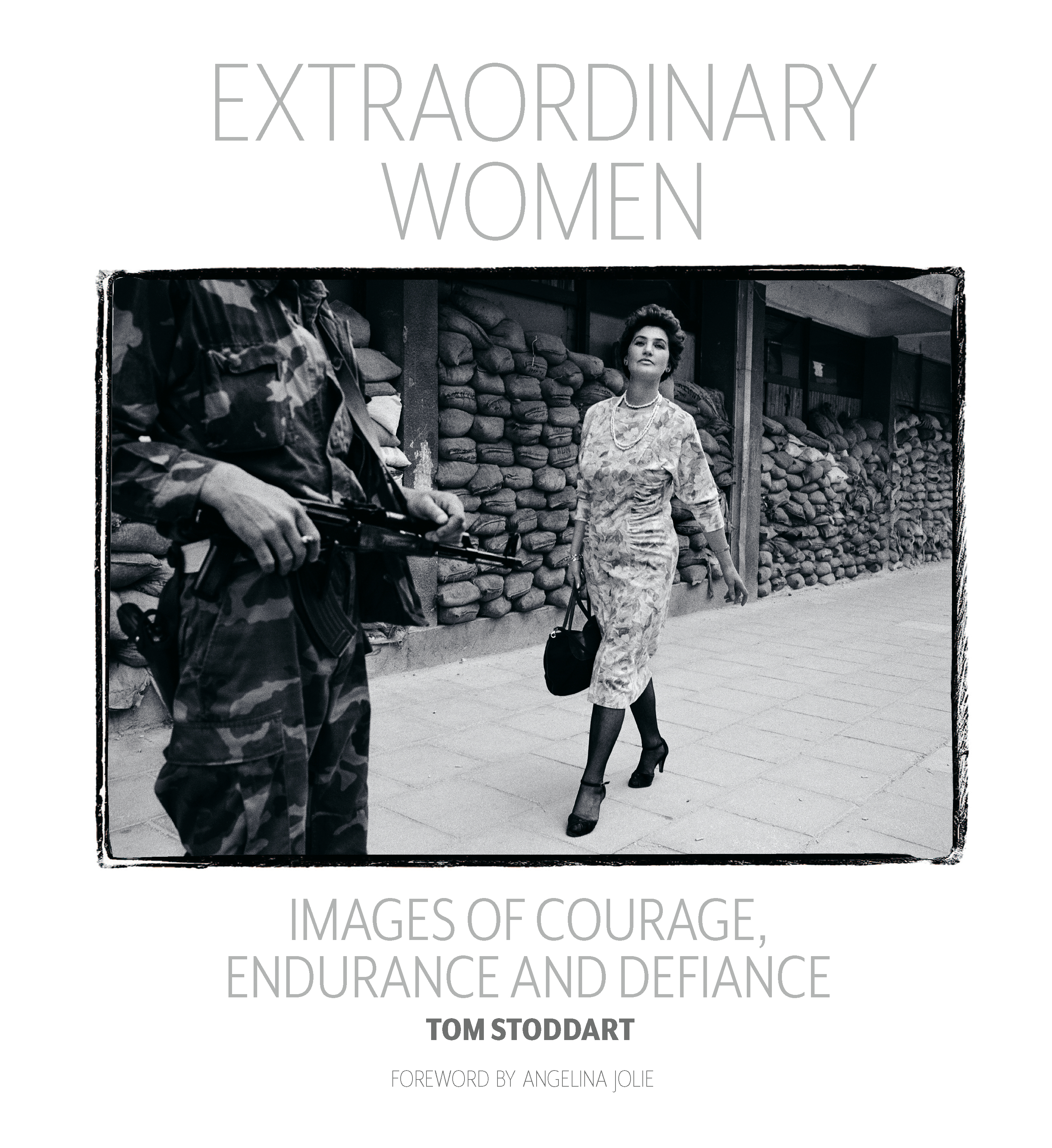
Digital Camera Magazine is the definitive guide to digital photography. Every issue comes packed with expert advice, in-depth tutorials, free gifts and inspirational images. Digital Camera’s sole aim is helping you to become a better photographer.
